A washing machine is an essential appliance at home, making it all the more frustrating when it suddenly stops spinning. The spinning function plays a crucial role in efficiently cleaning your laundry; without it, clothes may not be as clean or dry as expected. This article will delve into the common issues that cause washers to stop spinning and provide helpful troubleshooting tips to get your machine back up and running.
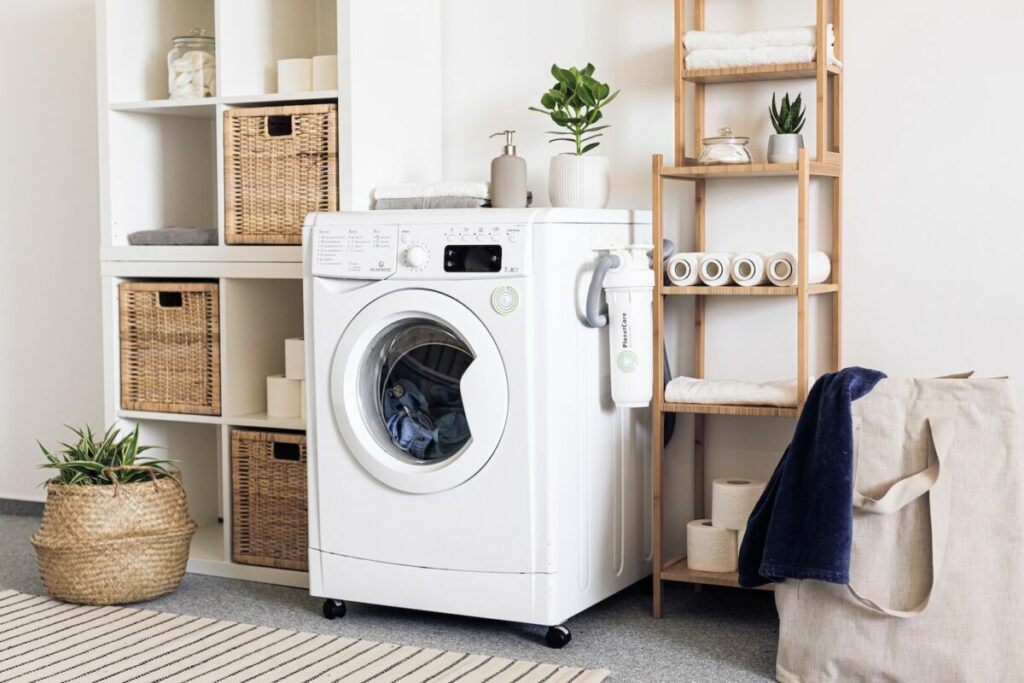
The reasons for a washer not spinning can range from simple operational errors to more complex mechanical issues. Common culprits include an unbalanced load, improper washing machine leveling, or even a malfunctioning motor. By understanding these potential problems, you can diagnose the issue and take appropriate steps to restore your washing machine’s spinning function.
Knowing how to address spinning issues quickly and effectively helps prolong the life of your washing machine and ensures that your clothes are cleaned thoroughly. Let’s explore these common problems and their solutions, equipping you with valuable knowledge to keep your washing machine running smoothly for years to come.
Common Reasons for a Washer Not Spinning
Faulty Lid Switch or Door Lock
A common reason for a washer not spinning is a faulty lid switch or door lock. The lid switch or door lock ensures that the washer door is closed properly before it starts spinning. If the switch is broken, the machine will not spin as a safety precaution.
You can check the lid switch or door lock for damage and replace it if necessary. If you’re unsure, consult the washer’s manual or contact a professional for assistance.
Broken Drive Belt
Another possible cause of your washer not spinning is a broken drive belt. The drive belt connects the motor to the drum, allowing it to spin. If the belt is broken, the drum will not spin, and you will need to replace the belt.
To check the drive belt, visually inspect it for signs of wear or damage. If needed, replace the belt according to the manufacturer’s instructions.
Malfunctioning Motor Coupler
A malfunctioning motor coupler can also cause your washer not to spin. The motor coupler connects the motor to the transmission, allowing the drum to spin. If the motor coupler is faulty, the machine might still agitate but will not spin.
To diagnose this issue, you can listen for noise coming from the motor or call a professional to inspect the motor coupler.
Blocked Drainage Hose
Your washing machine won’t spin if there’s a problem with the drainage hose. A kinked or clogged drainage hose can prevent water from draining out of the machine, stopping the spin cycle.
To fix this issue, check if the hose is kinked and straighten it if necessary. If kinks aren’t the issue, disconnect and clean the hose to remove any clogs.
Unbalanced Load
An unbalanced load can also prevent your washer from spinning. If the laundry is unevenly distributed in the drum or the washer itself is not balanced, the machine may not spin to avoid damaging itself.
To fix an unbalanced load, redistribute the laundry items evenly or adjust the washer’s feet to ensure it sits level on the floor.
Troubleshooting Washer Spinning Issues
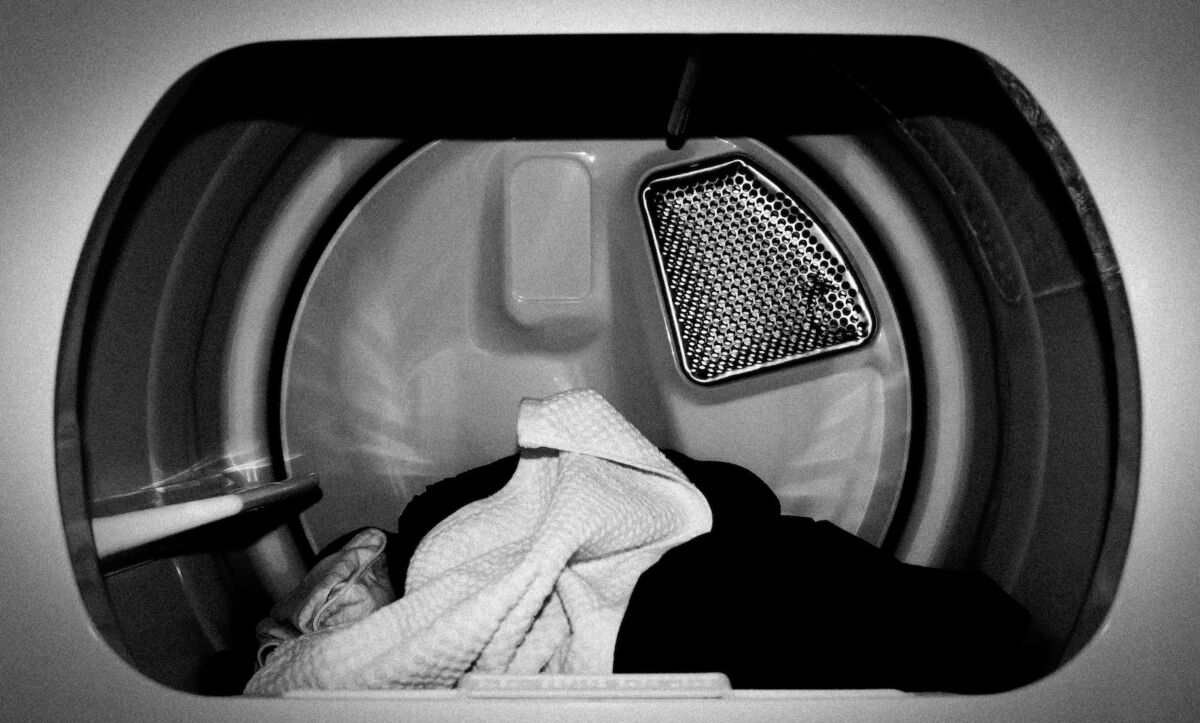
Checking the Lid Switch or Door Lock
The lid switch or door lock is one of the first things to check when your washer is not spinning. The lid switch ensures that the washer won’t spin when the lid is open, while the door lock keeps the washer door closed during the spin cycle. If either of these components is broken or malfunctioning, the washer won’t spin. You can test the lid switch by pressing it with your finger; if it doesn’t click, it might be faulty and need replacement. Check if the lock mechanism works correctly and if the lock is securely latched.
Examining the Drive Belt
The drive belt is another crucial component to inspect when facing spinning issues. The belt connects the motor to the washer drum and helps it spin. If the belt is worn, loose, or broken, it can prevent the washer from spinning. To check the belt, you can remove the back panel of your washer and visually inspect it for any signs of wear or damage. If necessary, replace the drive belt to resolve the issue.
Inspecting the Motor Coupler
The motor coupler functions as a safety device, protecting the motor and transmission from damage due to sudden or excessive loading. A damaged motor coupler can prevent the washer from spinning. To inspect the motor coupler, you’ll need to access the washer’s interior by removing the cabinet or front panel. Look for any signs of wear, damage, or broken plastic parts. If the motor coupler is faulty, it should be replaced.
Assessing Drainage Hose for Clogs
A clogged drainage hose can also cause spinning issues in your washer. If the washer can’t drain the water out properly, it may not spin. To check for clogs in the drain hose, disconnect the hose from the back of the washer and inspect it for any blockages or debris. You can also use a long, flexible brush to clear out any clogs inside the hose. Reconnect the hose after cleaning it, and try running the spin cycle again.
Balancing the Load
An unbalanced load in the washer can cause the spin cycle to malfunction or become unstable. If the washer’s contents are not distributed evenly, the spin cycle might be affected, leading to an unbalanced load error. To fix this issue, open the washer and manually redistribute the laundry evenly around the drum. Avoid overloading the washer, as it can also contribute to spinning issues.
By following these troubleshooting steps, you should be able to identify and resolve the cause of your washer’s spinning problems.
Types of Washing Machines and Their Spinning Issues
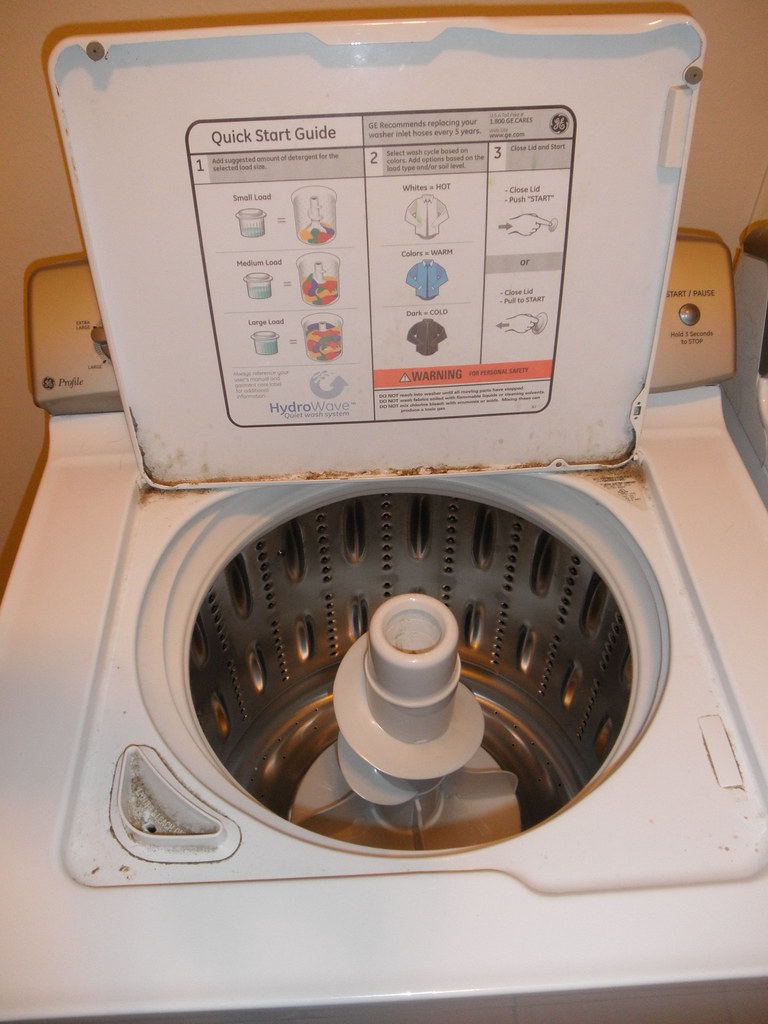
Front-Loading Washing Machines
Front-loading washing machines are popular for their efficiency and ease of use. However, they can also experience spinning issues. One common issue is an unbalanced load, which can prevent the washer from spinning properly. To fix this, open the washer and rearrange the laundry to ensure even distribution. Another possible issue is a clogged drain hose or filter. Clean out the drain hose and check the filter to ensure proper draining.
Another common problem with front-loading washing machines is a faulty door lock, as the washer won’t spin if the door isn’t securely closed. In this case, inspect the door lock and replace it if necessary. Additionally, check the spin setting on your washer and test the switch with your finger to make sure it’s working properly. If not, you may have to adjust the switch or the protrusion so that it properly engages with the spin switch.
Top-Load Washers
Spinning issues can also occur due to an unbalanced load for top-load washers. In this case, open the washer lid and redistribute the laundry inside evenly. If the washer still doesn’t spin, it may be due to a clogged drain hose or filter. Check the drain hose and filter and clear out any debris that may be limiting proper drainage.
Additionally, top-load washers can experience spinning issues due to a faulty lid switch. Check the lid switch and ensure it’s functioning correctly. If it’s not, you may need to replace or adjust the switch to ensure proper engagement during the spin cycle.
Another possible cause of spinning issues in top-load washing machines is a worn or damaged drive belt. Inspect the belt for signs of wear and replace it if necessary.
In conclusion, spinning issues in both front-loading and top-load washing machines can be caused by various factors, such as unbalanced loads, clogged filters, and faulty switches. Whichever type of washer you have, addressing these common issues can help restore your washing machine’s spinning function and keep your laundry routine running smoothly.
Preventing Spinning Problems
One common issue that can prevent a washer from spinning is using the incorrect amount or type of detergent. Excessive detergent usage can create excess foam, hindering the spinning process. To avoid this issue, always use the recommended amount of detergent and choose a detergent specifically designed for your type of washing machine.
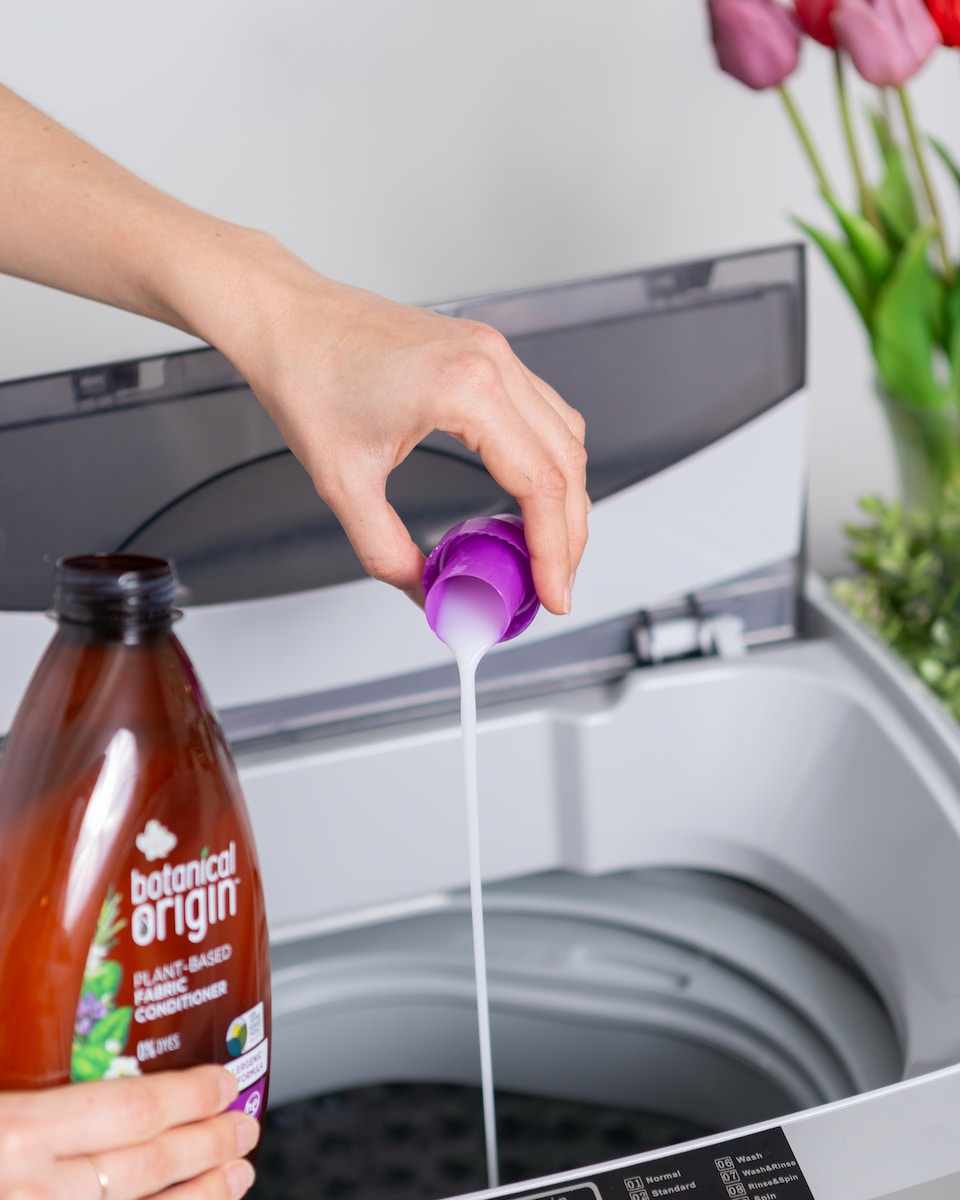
Another factor that can cause spinning problems is an unbalanced laundry load. An uneven distribution of clothes and heavy items can cause resistance during the spinning cycle, leading to the washer not spinning efficiently or at all. To prevent this, distribute laundry evenly inside the drum, and wash heavy items like towels separately from lightweight clothes.
Washing machines have safety features that can prevent spinning, particularly when the door or lid is not securely closed or blocked. Ensure that your washer’s door or lid is properly closed before starting the cycle, and keep the surrounding area clear of any objects that may obstruct the closure.
In some cases, the washing machine may not spin due to issues with the internal components, such as the motor or drain pump. Regular maintenance and inspection can help prevent these problems. Check for signs of wear or damage to belts, hoses, and other components, and repair or replace them as needed.
Lastly, it is crucial to avoid placing excessive strain on your washer by overloading it with laundry. An overfilled washing machine can lead to poor performance, including reduced spinning speed or inability to spin at all. Always follow the manufacturer’s guidelines for maximum load capacity, and opt for multiple smaller loads instead of a single congested cycle.
By following these simple tips and ensuring proper usage and care of your washing machine, you can help prevent spinning problems and prolong the lifespan of your appliance.
When to Call a Professional
Although there are many simple fixes you can try at home to resolve a washer that won’t spin, there are times when it’s best to call a professional for assistance. Having a knowledgeable appliance repair technician diagnose and resolve the issue can save you time and ensure the problem is fixed correctly.
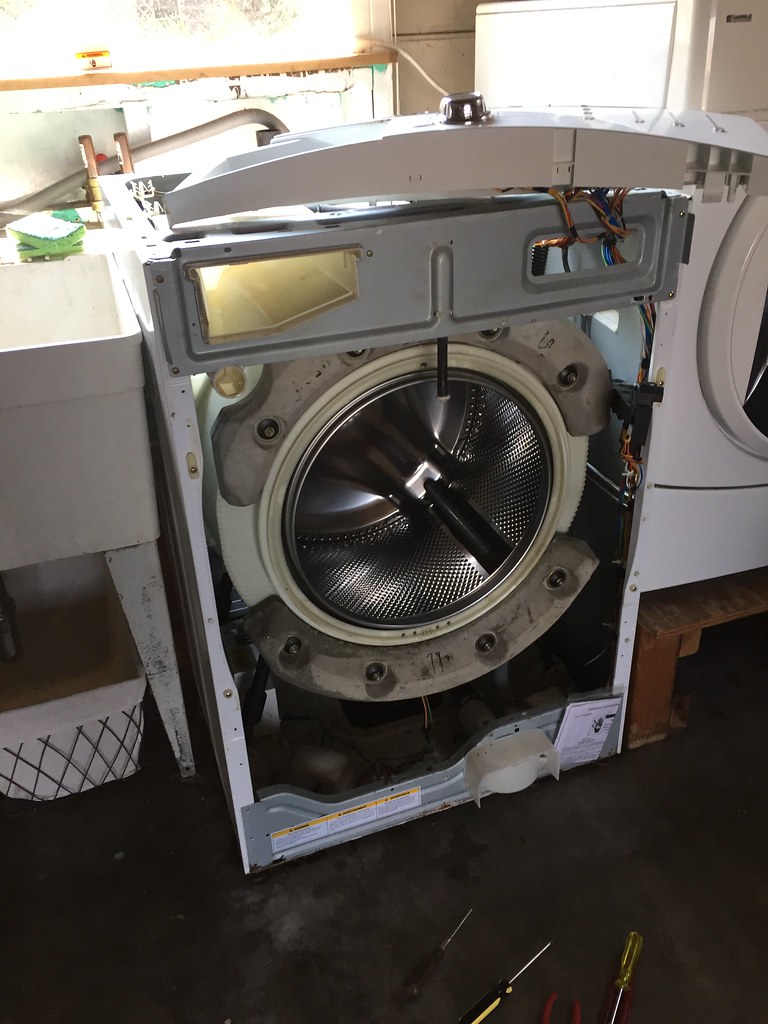
You should consider calling a professional if you’ve checked the common issues, such as an unbalanced load, a faulty lid switch, or a broken belt, and the problem persists. In these cases, the issue could be more complex, such as a problem with the motor, motor coupler, or pump, requiring the expertise of a professional appliance repair technician.
Another reason to call a pro might be when you are unable to fix or diagnose the issue yourself due to a lack of appropriate tools or expertise. Appliance repair services usually have the specialized equipment, knowledge, and experience to handle various washing machine malfunctions.
Additionally, if your washing machine is still under warranty, attempting DIY fixes might void the warranty, so it’s best to contact the manufacturer or an authorized service center for repair.
Finally, remember that safety is essential when dealing with appliances. If you are uncomfortable or unsure about how to perform a repair or diagnosis, it’s always better to seek professional help, ensuring your well-being and the proper functioning of your washing machine.